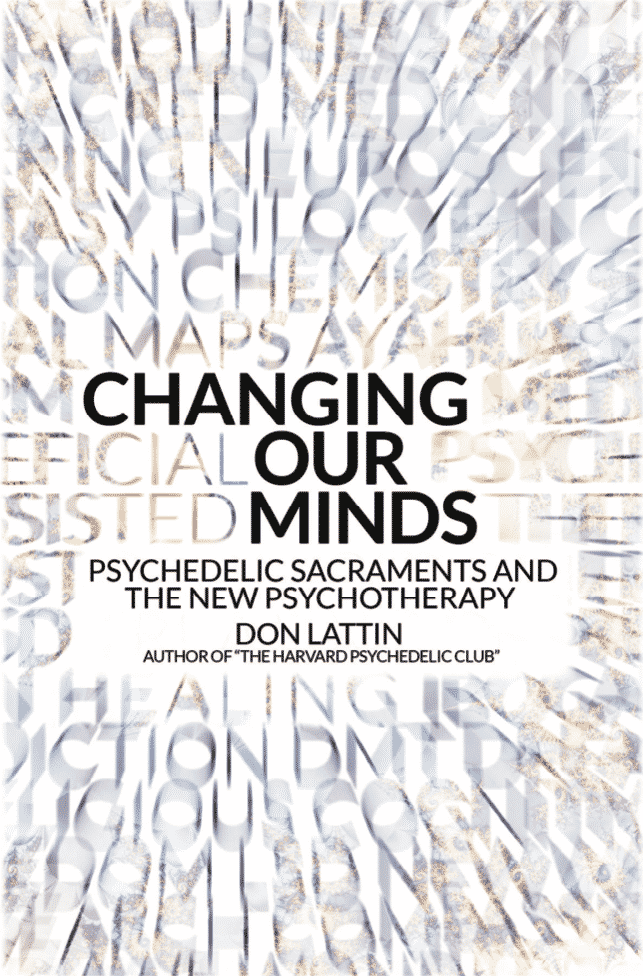YOU MIGHT ALSO LIKE
CLEAR ALL
BY TOPIC
BY TEACHER
BY TYPE
FILTER

TOPIC
- Parenting (37)
- Relationship Challenges (29)
- Young Adult Well-Being (28)
- Homeopathy (26)
- Romantic Relationships (26)
- Synesthesia (25)
- Learning Styles (23)
- Plant-Based Medicine (22)
- Self-Discovery (22)
- Child’s ADD/ADHD (21)
- Children’s Well-Being (21)
- Communication Skills (19)
- Belonging (18)
- Connection (17)
- Emotional and Mental Health (16)
- Anxiety (15)
- Depression (13)
- Growth Mindset (13)
- Highly Sensitive People (13)
- LGBTQIA Well-Being (13)
- Relationship with Time (13)
- Women’s Well-Being (13)
- Self-Development (12)
- Self-Reliance (11)
- Work Challenges (11)
- Disabled Well-Being (10)
- Family Dynamics (10)
- Intimacy (10)
- Marriage (10)
- Cognitive Psychology (9)
- Friendship (9)
- Imagination and Creativity (9)
- Neuroscience (9)
- Access to Education (8)
- Decision Making (8)
- Healing Approaches (8)
- Self-Esteem (8)
- Social Anxiety (8)
- Social Presence (8)
- Creative Well-Being (7)
- Diet and Nutrition (7)
- Gender Identity (7)
- Habits of Mind (7)
- Memoir (7)
- Mind-Body Connection (7)
- Cancer (6)
- Naturopathy (6)
- Self-Actualization (6)
- Well-Being (6)
- Collaboration (5)
- Consciousness (5)
- Exercise (5)
- Herbal Supplementation (5)
- Identity (5)
- Living as an Empath (5)
- Mental Health Challenges (5)
- Psychology (5)
- Self-Healing (5)
- Transgender Well-Being (5)
- Child’s Challenging Behavior (4)
- Child’s Emotional Growth (4)
- Chronic Health Conditions (4)
- Connection with Nature (4)
- Emotional Intelligence (EQ) (4)
- Functional Medicine (4)
- Household Labor (4)
- Living with Illness (4)
- Neuropsychology (4)
- Perception (4)
- Problem Solving (4)
- Self-Acceptance (4)
- Self-Mastery (4)
- Sex (4)
- Stress Management (4)
- Transitions (4)
- Animal Connection (3)
- BIPOC Well-Being (3)
- Challenges with Teens (3)
- Confidence (3)
- Fiction (3)
- Healthy Eating (3)
- Intuition (3)
- Lifestyle Medicine (3)
- Meditation (3)
- Memory (3)
- Mindfulness (3)
- Mindfulness Meditation (3)
- Nonbinary Well-Being (3)
- OCD (3)
- Offering Support to Others (3)
- PTSD (3)
- Racial Identity (3)
- Science and Spirituality (3)
- Self-Care (3)
- Social Justice (3)
- Social Responsibility (3)
- Spiritual Healing (3)
- Work Relationships (3)
- Activism/Service (2)
- Aging (2)
- Animal Communication (2)
- Authenticity (2)
- Ayurveda (2)
- Body Image (2)
- Burnout (2)
- Caregiver Well-Being (2)
- Chronic Pain (2)
- Crystals (2)
- Discrimination (2)
- Ecospirituality (2)
- Entrepreneurship (2)
- Family Acceptance (2)
- Fatigue (2)
- Fellowship and Community (2)
- Female Friendship (2)
- Focus (2)
- Holism (2)
- Honoring Emotion (2)
- Leadership (2)
- LGBTQIA Relationships (2)
- Mentoring (2)
- Misophonia (2)
- New Relationships (2)
- Physical Health (2)
- Plant Spirit Medicine (2)
- Relationship with Money (2)
- Self-Discipline (2)
- Self-Expression (2)
- Sexuality (2)
- Shame (2)
- Situational Depression (2)
- Sleep Disorders (2)
- Stress (2)
- Traditional Chinese Medicine (2)
- Trauma (2)
- Work Ethic (2)
- Yoga (2)
- Academic Struggles (1)
- Addiction (1)
- Adjusting to Parenthood (1)
- Affirmations (1)
- Alcohol Addiction (1)
- Altered States (1)
- Anger Management (1)
- Animal Welfare (1)
- Asking for Help (1)
- Athlete Well-Being (1)
- Attachment Theory (1)
- Autoimmune Disease (1)
- Awareness (1)
- Ayahuasca (1)
- Black Well-Being (1)
- Bodywork (1)
- Boundary Confusion (1)
- Brain Health (1)
- Cannabis/CBD (1)
- Chakras (1)
- Child Depression (1)
- Child’s Anxiety (1)
- Chiropractic (1)
- Cognitive Behavioral Therapy (1)
- Community Healing (1)
- Compassion Fatigue (1)
- Empathy (1)
- Empowerment (1)
- Environmental Exploitation (1)
- Epigenetics (1)
- Fasting for Health (1)
- Flower Essences (1)
- Gaming Addiction (1)
- Habit Formation (1)
- Handling a Child’s Illness (1)
- Human Potential (1)
- Illness and Injury (1)
- Indigenous Healing Approaches (1)
- Inflammation (1)
- Insomnia (1)
- Inspiration (1)
- Interdependence (1)
- Latinx Well-Being (1)
- LGBTQIA Sexuality (1)
- Loneliness (1)
- Loss of Appetite (1)
- Magic (1)
- Managing Energy (1)
- Massage (1)
- MDMA (1)
- Men’s Well-Being (1)
- Mindfulness Practices (1)
- Motivation (1)
- Negative Self-Talk (1)
- Play (1)
- Poetry (1)
- Pregnancy and Childbirth (1)
- Productivity (1)
- Psilocybin (1)
- Psychedelic Research (1)
- Psychedelic-Assisted Therapy (1)
- Qigong (1)
- Quantum Physics (1)
- Religious Experience (1)
- Reproductive Health (1)
- Resilience (1)
- Rest (1)
- Self-Control (1)
- Self-Worth (1)
- Sleep (1)
- Smoking Addiction (1)
- Social Psychology (1)
- Somatic Practices (1)
- Sound Healing (1)
- Spirituality and Health (1)
- Sudden Weight Change (1)
- Suicide (1)
- Sustainability (1)
- T’ai Chi (1)
- Talk Therapy (1)
- Time Management (1)
- Transcendent Experience (1)
- Trauma Healing (1)
- Visualization (1)
- Wholeness (1)
- Wicca (1)
- Witchcraft (1)
- Work-Life Balance (1)
FILTER

TEACHER
- Aviva Romm (4)
- Daniel Amen (2)
- Deepak Chopra (2)
- Paul Stamets (2)
- Amit Goswami (1)
- Andrew Solomon (1)
- Deena Metzger (1)
- Diane Stein (1)
- Elaine Aron (1)
- Elson Haas (1)
- Eric Maisel (1)
- Francoise Bourzat (1)
- Herbert Benson (1)
- Hildegard von Bingen (1)
- Hyla Cass (1)
- Joan Borysenko (1)
- Kathryn Budig (1)
- Larry Dossey (1)
- Lorin Roche (1)
- Mark Hyman (1)
- Oliver Sacks (1)
- Rachel Naomi Remen (1)
- Rudolph Ballentine (1)
- Thomas Moore (1)










